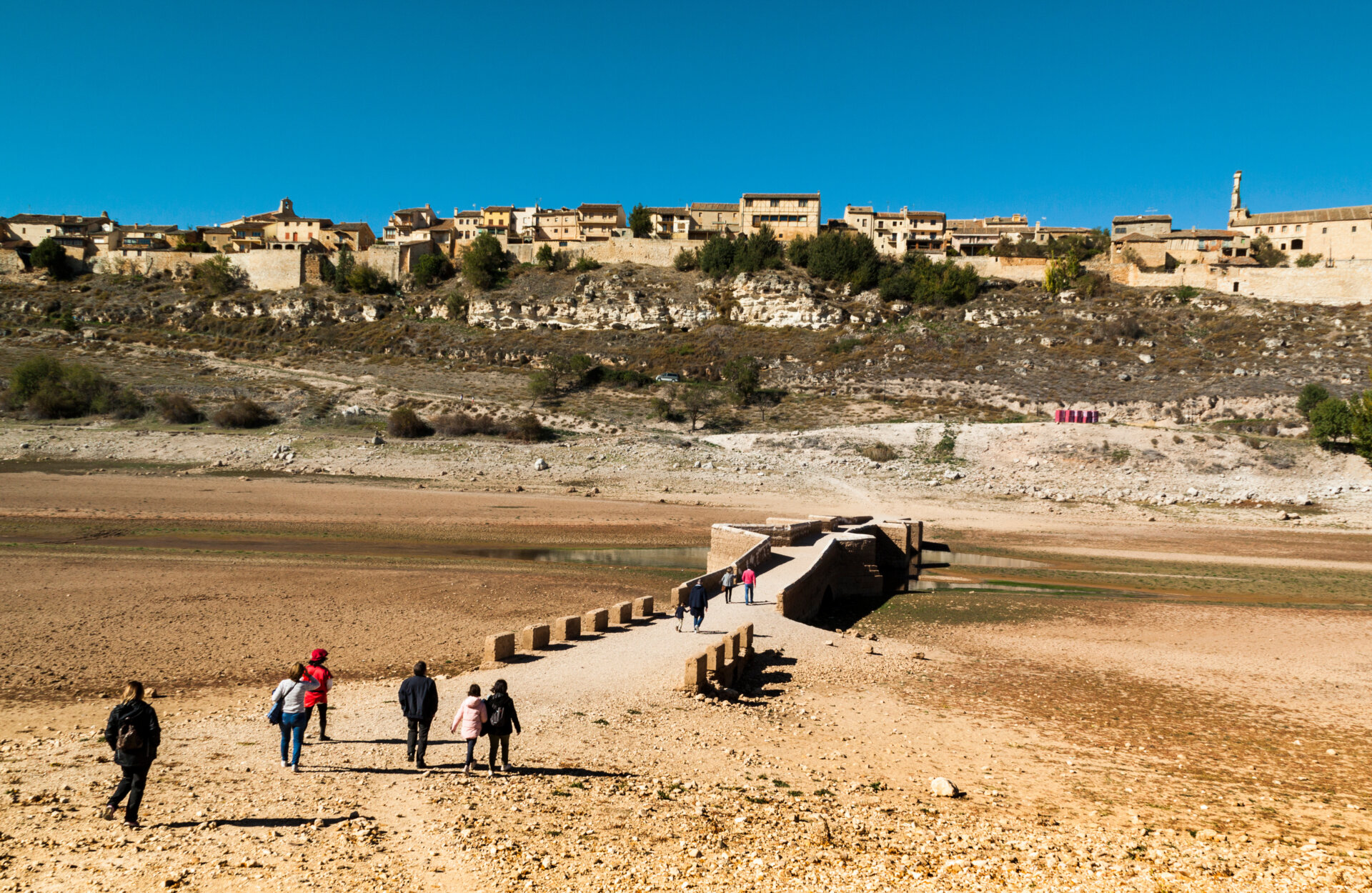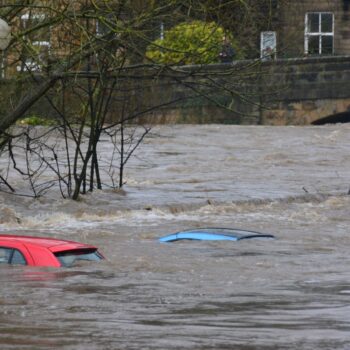Europe is warming faster than the rest of the world and extreme weather is becoming the New Normal. The devastating impacts on human life, social justice, infrastructure, and the economic and financial systems are worsening yearly. The EU can ensure finance for climate adaptation at scale by leveraging its existing sustainable finance tools and filling the gaps in its policy framework. The world will seek to scale up efforts to adapt to this new reality at COP27. So now is the moment for the EU to take the lead.
While major floods devastated Germany, Belgium and the Netherlands last year, drought is Europe’s main challenge now. As a result, 47% of Europe’s territory is in warning conditions. New images from wildfires, empty lakes and dry rivers confirm that climate impacts are more frequent and severe and know no borders.
Europe’s worse drought
Preliminary data show Europe is experiencing the worst drought in the last 500 years. And consequences across multiple sectors, like agriculture and energy production, are already being felt.
Over six thousand hectares of the EU territory have already burned in so far this year. Moreover, low water levels are disrupting energy production and cooling systems across Europe, impacting both biodiversity and crop production. Furthermore, scarce water is already being distributed by truck in some regions. As a result, further pressure is being added to the ongoing geopolitical crises.
An expensive price tag
Over the past 40 years, extreme weather events resulted in economic losses of around half a trillion euros, with only a fraction being insured. For instance, costs from last year’s floods in Germany amount to over 40 billion euros.
Climate impacts also have cross-sectoral and social costs, as consequences are unevenly distributed. They have a more significant influence on poor households, especially in low-income urban areas. Because of that, more costly extreme events are also exacerbating this situation. In fact, historical data suggests that the cost per event has increased nearly 77% worldwide since the 1970s.
As the frequency and severity of such events increase, so does the cost of not investing in adaptation measures today. The EU is still dealing with a post-pandemic recovery, increased inflation, social, energy, biodiversity, and food crisis. Now, a long-lasting drought comes on top of everything else.
Unlocking adaptation finance
To cope with all these challenges and to ensure a socially just transformation for the most vulnerable, the EU needs to prioritise adaptation finance measures. Alongside investing in decarbonisation efforts and incorporating climate risks in the EU’s accounting and financial systems, preemptive financing to prevent such impacts should be equally high on the EU’s climate agenda.
Strengthening the EU public and private adaptation finance framework is not only timely but vital. Currently, there is no dedicated EU-wide financing mechanism for adaptation measures. While several EU funds cover climate and environmental objectives, adaptation is merely a sub-section of climate-related spending, usually complementing mitigation measures. As a result, adaptation represents only 7% of global climate-related investments, with almost all coming from public sources.
On top of boosting public finance, adaptation finance should also aim to scale up private investments. In fact, adaptation finance also makes economic sense and should not be seen as merely a means to avert risk and climate hazards. Contrary to some concerns regarding the bankability of adaptation projects, Bloomberg estimates that the climate adaptation market will reach two trillion a year within the next five years.
Businesses are also beginning to see opportunities in adaptation to climate impacts. Half of the world’s biggest companies, for instance, estimated that adaptation solutions alone could amount to $236 billion in increased revenues. Yet, a mix of smart policies and tools can still unlock private investments, according to the World Bank Group. Even with today’s small amounts of financial flows toward adaptation.
Specifically, public resources and blended finance mechanisms would decrease the associated risks of private investments in adaptation projects. As a result, this can stimulate the creation of new markets. For that, the EU needs to design a policy, regulatory and legal scaffolding that is efficient, generates suitable revenue streams in new markets, and shares costs, benefits and risks whilst engaging with the private sector. And now is the best moment to do so. As the world heads to COP27 seeking to scale up efforts to adapt to the New Normal, the EU must lead by example with higher ambition on adaptation finance.



